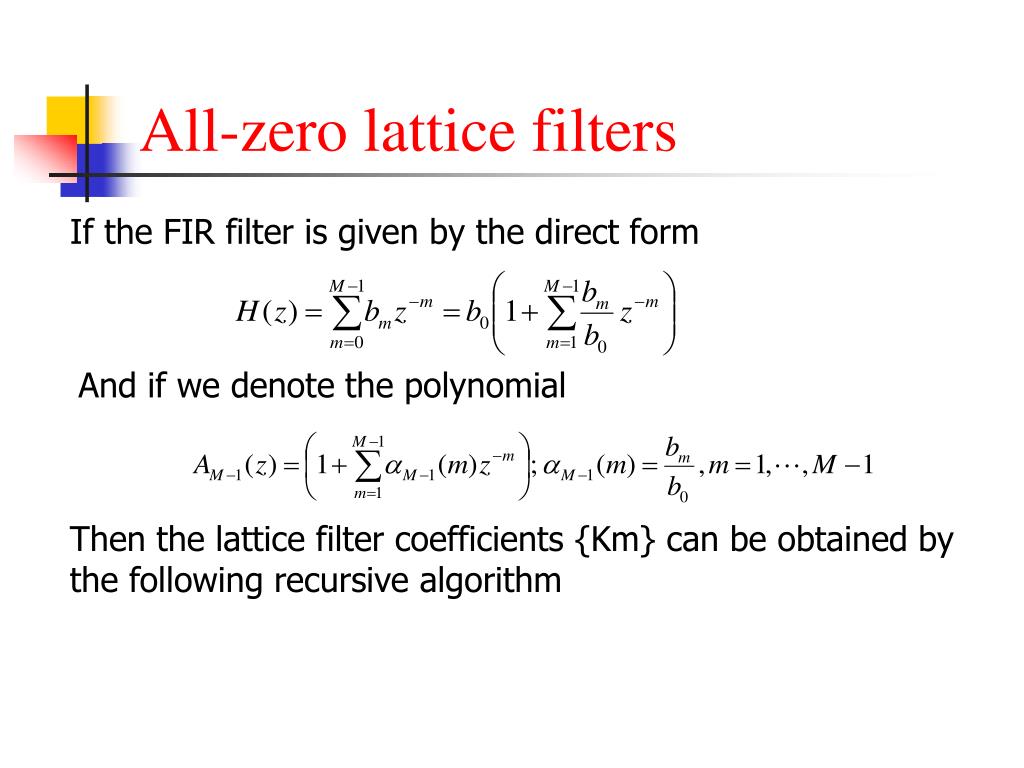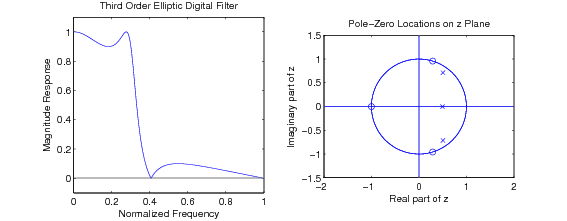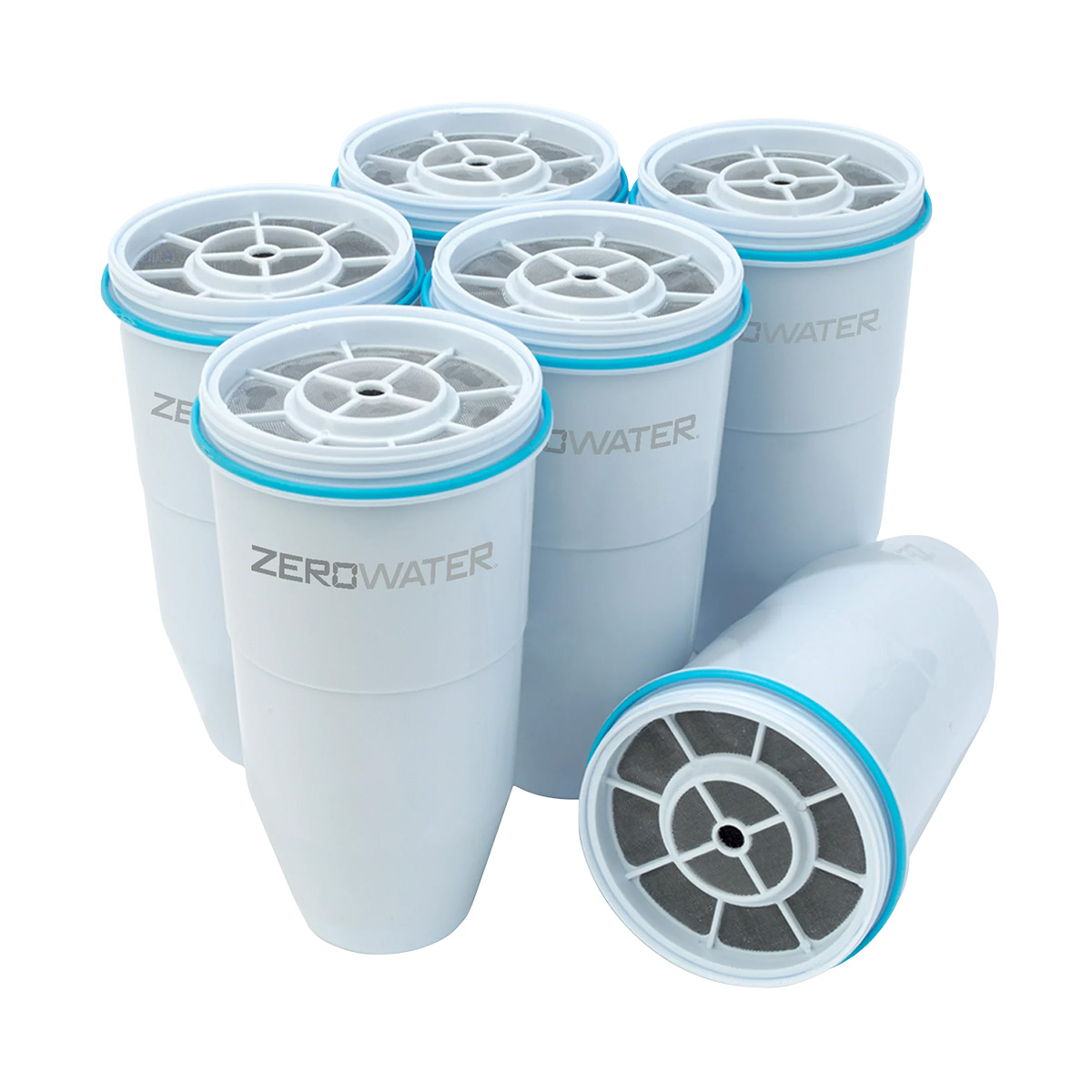Zero Filter Digital Filter Never Reads Zero

CRITICAL SYSTEM FAILURE: The cutting-edge Zero Filter Digital (ZFD) system, designed to eliminate erroneous zero readings in sensitive data streams, is catastrophically malfunctioning, registering non-zero values even when presented with absolute zero input.
This unprecedented error, impacting sectors reliant on precise data integrity, threatens to undermine trust in automated systems and necessitates immediate investigation and remediation.
The Core Malfunction
The ZFD system, developed by Cybernetics Applied Solutions (CAS), was hailed as a breakthrough in data refinement. It promised to eradicate the "phantom zero" problem affecting scientific instruments, financial models, and industrial control systems.
Multiple independent tests now confirm the ZFD consistently generates erroneous positive or negative values even with zero input. This anomaly was first detected at the National Institute of Standards and Technology (NIST) during calibration tests.
Dr. Anya Sharma, NIST's lead investigator, stated, "Our initial findings indicate a fundamental flaw in the ZFD's core algorithm. It's generating data where none should exist."
Impact Across Sectors
The implications of this malfunction are far-reaching.
In the financial sector, high-frequency trading algorithms using ZFD are generating false signals, potentially leading to market instability. Several major investment firms have temporarily suspended algorithmic trading pending further investigation.
Global Investments Ltd. spokesperson Mark Olsen confirmed the suspension, stating, "We are taking a precautionary approach to ensure the integrity of our trading operations."
In the scientific community, research based on ZFD-filtered data is under scrutiny. Experiments in fields ranging from particle physics to climate modeling are being re-evaluated to account for potential inaccuracies.
The malfunction is particularly concerning for industrial control systems. ZFD is used in sectors like nuclear energy and aerospace to prevent false shutdowns or activations.
A Federal Aviation Administration (FAA) spokesperson stated, "We are reviewing ZFD's role in aircraft control systems and will take immediate action if any safety risks are identified."
CAS Response and Investigation
Cybernetics Applied Solutions (CAS) has acknowledged the ZFD malfunction and launched an internal investigation.
In an official statement, CAS CEO Elias Vance stated, "We are deeply concerned about the ZFD's performance and are working tirelessly to identify the root cause of this anomaly."
However, early attempts to patch the system have been unsuccessful. The problem appears to stem from a deep-seated algorithmic error, requiring a fundamental redesign of the ZFD's architecture.
Possible Causes
Experts speculate on several potential causes. Some suggest a rounding error within the ZFD's floating-point arithmetic may be amplified by the system's recursive filtering process.
Others point to a possible bug in the system's machine learning module, causing it to "learn" erroneous patterns from noise.
Another theory involves a subtle hardware incompatibility between the ZFD's processing unit and the system's input sensors. The precise source of the error remains unknown.
Urgent Remediation Efforts
NIST and other government agencies are collaborating with CAS to develop a workaround for the ZFD malfunction.
A temporary patch is being developed to suppress erroneous readings. This patch will be deployed as an emergency measure to prevent further damage.
Longer-term solutions are also being explored, including a complete redesign of the ZFD system. This process could take months or even years to complete.
Organizations relying on ZFD are urged to revert to unfiltered data streams or use alternative filtering techniques until the problem is resolved.
Next Steps
The immediate priority is to contain the damage caused by the ZFD malfunction. Affected sectors are being advised to take immediate steps to mitigate risks.
An independent audit of CAS's software development practices is also being conducted to identify any systemic flaws in the company's quality control procedures.
The long-term implications of this event remain uncertain. However, the ZFD malfunction serves as a stark reminder of the importance of rigorous testing and validation for all automated systems.


















